Know the steps – from start to finish – to produce impactful extra-large photos to hang on your wall. It takes more than a striking subject and artistic vision to create compelling art – it also requires technical know-how. This is particularly true when it comes to large photo prints – the bigger an image is, the more details (or defects) it reveals.
Beautiful art starts with the artists’ intention. Basic knowledge about image resolution and print mediums are also needed to determine whether an enlarged print is a masterpiece or just a nice picture.
Before you decide on transforming your next photo into wallpaper or an extra-large photo, know the steps to transform your vision into a masterpiece. This article provides helpful insights to artists and organizations that want to transform photos into impactful larger prints.
Step 1: Make sure the resolution of your picture is high enough for enlargement
Step 2: Save the image file in an acceptable format
Step 3: Pick your extra-large printing size
Step 4: Select your medium
Step 5: Customize your large print
Step 1: Get The Right Resolution Of Large Photo Prints
Mike Goldner, ArtisanHD’s Director of eCommerce and Custom Sales values artistic vision and says the quality of an extra-large photo starts there. “What was the photographer intending when they shot the image?” he asks. “Did they want the photo to be enlarged or did they think, “Wow, that would be a good poster,” after they saw the image?”
If it’s an image file
Typically, a large photo print is at least 300 DPI (dots per square inch) while the average photo you find on the internet is usually around 72 DPI. If your image is currently not saved in a large format file with the proper level of resolution it will look blurry if printed. Photoshop and other similar programs can be used to prepare an image for printing at a larger scale but is no substitute for an original high-quality image.
If it’s your picture
Hi-res for traditional cameras: Use the highest quality, long lenses (200M – 300M lenses usually work fine) and pay attention to your camera settings and lighting to get the highest resolution photos
Phone cameras: Most modern phones don’t take photos in high resolution by default but can take be configured to provide you with the highest quality pictures, check user guides for directions on your specific phone.
A nice photo taken at a low-resolution on a digital camera or with a SmartPhone likely won’t be a quality image when it’s enlarged. Digital images are created with packets, called pixels. When they’re enlarged, pixilation occurs as the individual pixels become larger / visible and the photo image appears to fall apart.
“The ideal scenario is when the photographer shoots in the largest raw format possible,” said Goldner. “Then, he or she should work with the raw file in PhotoShop or LightRoom and prepare it to be increased.”
Step 2: Save the image file in an acceptable format
You have your image with the proper amount of resolution – but what file type should you use for large-format printing? For Artisan, we prefer .TIFF and PDF because they provide the best quality and are the most versatile. If your photo is not currently in this file format you can use one of several programs to accomplish this.
- Photoshop
- GIMP
- Lightroom
- Preview
Step 3: Pick the right extra-large photo print sizes
There is a simple formula to determine a photo’s how big your photo can be enlarged without sacrificing resolution:
- Get the pixel dimensions.
- Divide the dimensions by 300.
- This is the maximum dimension in inches your photo can be.
* You may find more on this ratio/formula HERE
If the best file size is too small, a professional commercial printer, like ArtisanHD can prep the image to build resolution and make the photo beautiful in a larger format.

Step 4: Select your over-sized picture medium
Now that you know what you need to turn a photo into an art print – but what type of print should it be? Brushed metal is a photographic substrate that is perfect for a unique modern look, or bold impact with black and white image – while ChromaLuxe is designed to push colors to make them incredibly vibrant. If you have a low-resolution image and can’t make it better, a canvas substrate is your best bet as the texture is rather forgiving. If you have your heart set on a specific print medium and a specific dimension, know the size limits of the popular print substrates.
- Brushed Dibond 4’ x 8’
- ChromaLuxe size limit is 4′ x 8′
- Sintra and Acrylic 5’ x 10’
- Canvas 10’ x up to 150-feet long
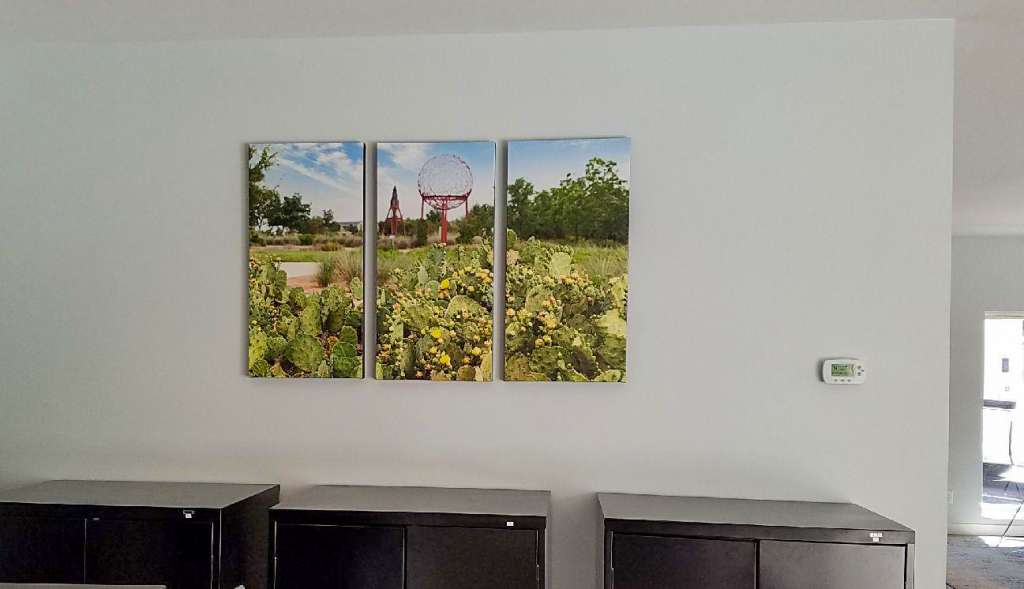
Although it may appear straightforward, special expertise is required for multiple panels. “When a photo expands across several panels, the panels must be offset by an inch or two to trick the eye,” Goldner explains. “To make the panels appear like a continuous image, the eye requires a small break between the panels – so we cut or subtract the gap from the print files.”
Step 5: Customize your large print
There are framing, mounting, diptych and triptych options to choose from, largely based on the medium you’ve chosen and the exact application. If your image’s size or dimensions aren’t typical, don’t abandon your plans to bring your masterpiece to life. Instead, ask an experienced print professional what they can do – you may be surprised by what the ArtisanHD team can do for you like we did with the San Diego Padres.

Goldner’s impressive resume includes the state-of-the-art San Diego Padres’ Hall of Fame. “That was my favorite project. I collaborated with an incredible team. We had to create new processes to get the impact we wanted – it was wonderful.”
The project was featured in the October 2016 issue of Big Picture magazine and ArtisanHD was recognized for their innovative use of white ink on 8-foot acrylic images of the Padre’s stars. The lighting and gradual opacity of the images created a pioneering look – a double-sided image, with both images visible from both sides.
To create your extra-large photo art, review the frequently asked questions for tips, or simply upload your image. ArtisanHD is your partner in large photo printing – we want to help you bring your masterpiece to life.

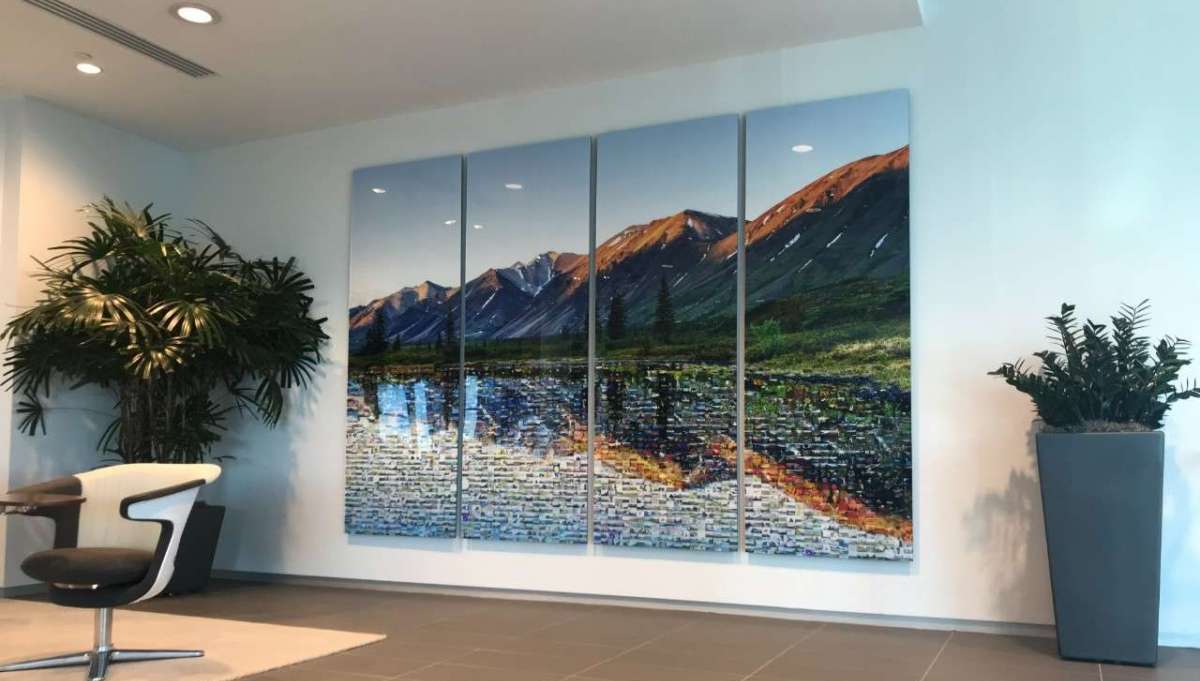
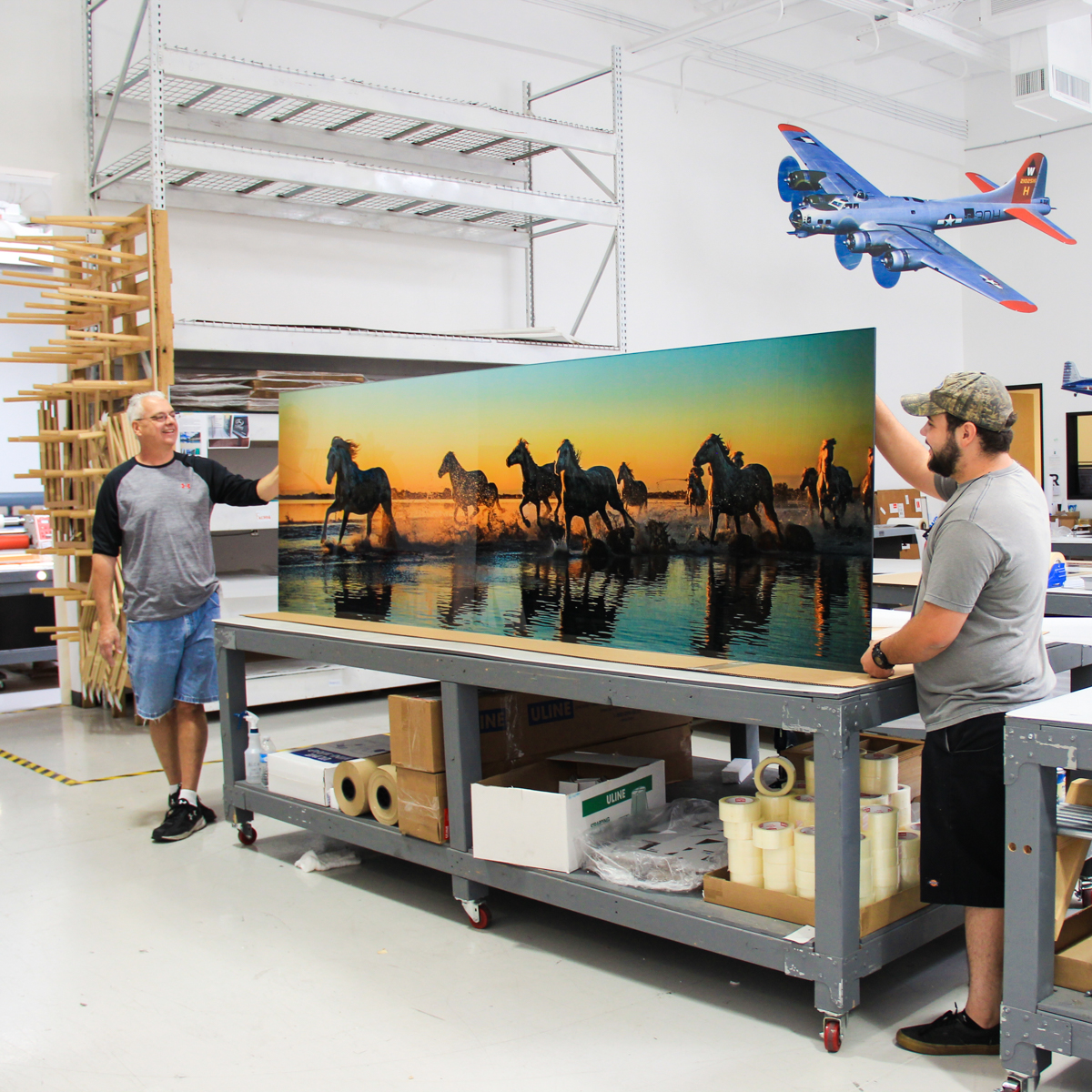


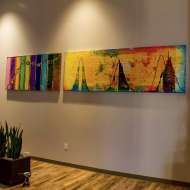

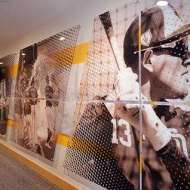
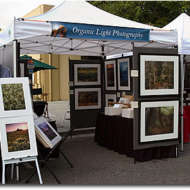
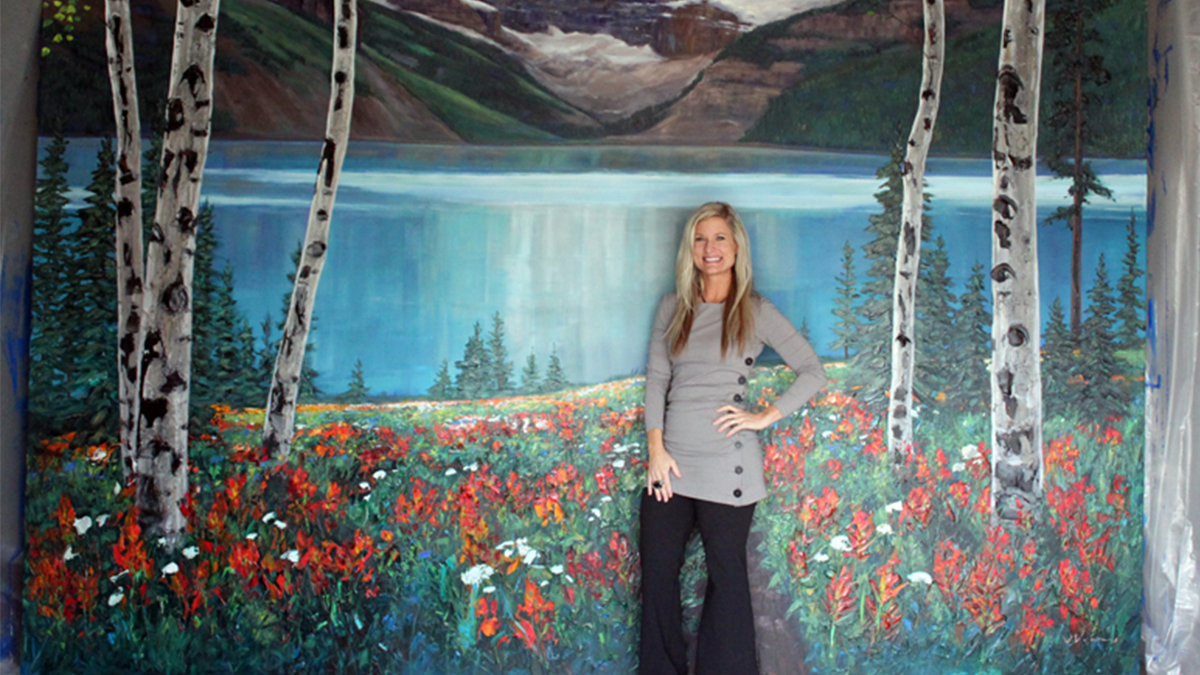
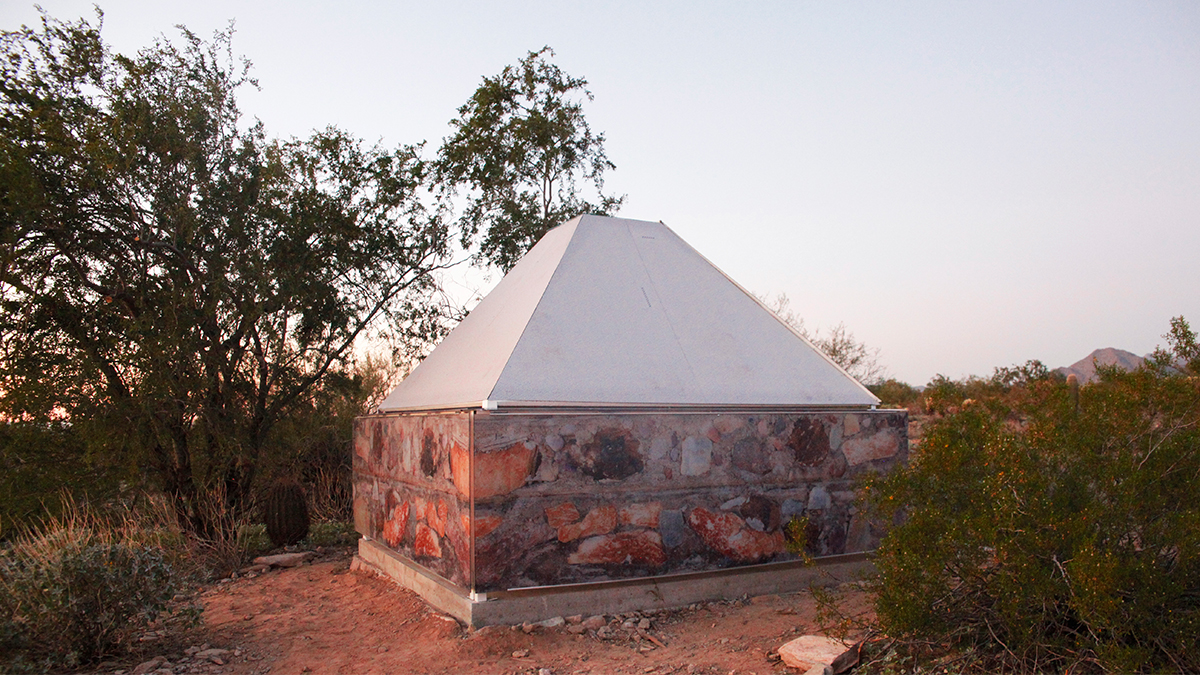


Leave A Comment